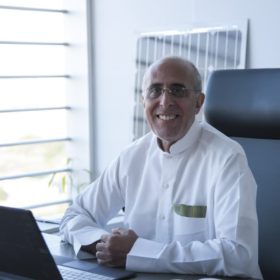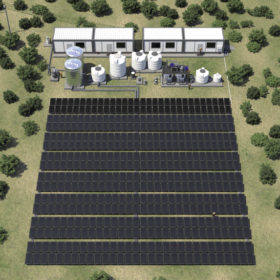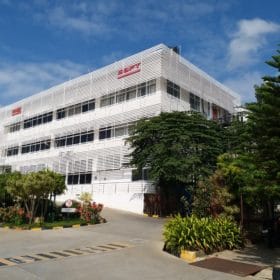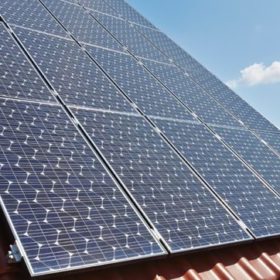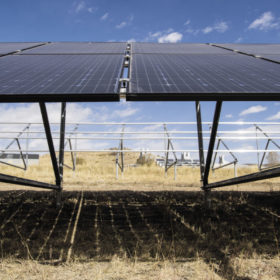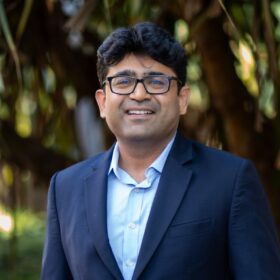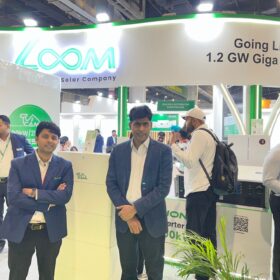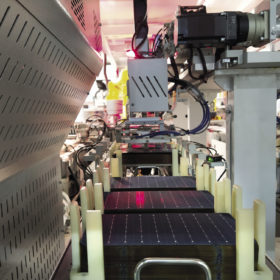The long read: Made in MENA
Despite big ambitions and even bigger projects being built across the region, PV manufacturing in the Middle East has never got off the ground. In Saudi Arabia, however, one manufacturer is realizing plans for a gigawatt-scale module factory. Over the next five years, Desert Technologies plans to bring 3 GW of heterojunction production to the Kingdom. pv magazine takes a look at the challenges facing PV manufacturers in Saudi Arabia, and the opportunities the nation may hold.
Longi launches 420 W panel for rooftop applications
The monocrystalline module provider added a new product to its Hi-MO 4 series. The new panel has a power output of 410/420 W and a conversion efficiency between 20.5% and 21.0%. The width of the module is standardized, while three different length options can be chosen to maximize capacity in a rooftop project.
The long read: PV in the water-energy-food nexus
Sector coupling may be somewhat of a buzzword, but it also points to opportunities for PV beyond the power markets, which may quickly reach limitations during peak hours of irradiation. Combined energy, food and clean water production presents one such opportunity, with benefits for developers, utilities and communities.
Solar system prices to rise – then fall – in 2021, with another record year anticipated
IHS Markit is predicting the world will add 30% more solar capacity this year.
The market for off-grid solar refrigeration
Standalone solar-powered refrigerators present a $20 billion opportunity in India for vaccine storage, milk chillers, households, micro enterprises, and cold storage for farm produce, according to a new report by Gogla.
Tesla launches solar inverter
The EV manufacturer with big solar ambitions has finally leveraged its expertise in power electronics technology and launched a solar inverter.
Saft rebrands its products made in India
The rebranding to Saft Urja—from Amco Saft—reflects the battery manufacturer’s strategic approach to better leverage the Indian market. The company has also announced plans to increase its production capacity at Bangalore factory by 20%, enhance the workforce at its design office and launch new industrial battery products for India region.
The world has 53 million hectares of abandoned cropland suitable for solar PV deployment
Researchers in Norway have mapped all cropland areas that were abandoned between 1992 and 2015 and found that the vast majority is suitable for PV and bioenergy deployment. Around 30% is located in Asia, followed by the Americas, with a 28% share, and Africa, with a percentage of 22%. Europe and Oceania had shares of 20% and 5%, respectively.
Hybrid power solutions using solar with grid take off in India
A recent GOGLA report indicates an increasing trend towards hybrid power solutions that integrate DC solar with AC grid power, and appliances that integrate both AC and DC power. In particular, the sales of hybrid solar inverter UPS in India is growing at 25% annually, much faster than conventional inverters’ 10% annual market growth.
SECI tweaks 100 MW solar-plus-storage Chhattisgarh tender
The Solar Energy Corporation of India has issued amendments to the procurement and extended the bidding deadline a second time.
